T1D Guide
T1D Strong News
Personal Stories
Resources
T1D Misdiagnosis
T1D Early Detection
Research/Clinical Trials
From Diagnosis to Advocacy: Delivering Medical IDs to Children With Type 1 Diabetes
Jennifer Reed has lived with type 1 diabetes since 1999. But when her son Joey was diagnosed as a teenager, it shifted her entire world—and launched a mission that now helps dozens of families each year.
.jpg)
“I was heartbroken,” Reed said. “Living with type 1 myself, I knew exactly what was ahead of him.”
A Mother, A Son, and a Mission
That moment became the beginning of something bigger: a nonprofit called Angel IDs, created to provide medical ID bracelets and accessories—free of charge—to newly diagnosed children and teens with type 1 diabetes.
Joey’s Diagnosis Changed Everything
Joey was 15 years old when Reed noticed he couldn’t stop drinking apple juice. “Something didn’t feel right. He was so thirsty, all the time,” she said. “A gallon a day—easily.”
Familiar with the symptoms and warning signs, she checked his blood sugar with her own meter. It was high. She took him to the ER immediately. He was not in diabetic ketoacidosis (DKA), but his blood sugar was 500.
Reed scrambled to prepare for his return to the classroom. But one important item was missing: a medical alert bracelet.
“I searched everywhere,” she said. “I finally found one at a pharmacy, but it broke almost instantly. Then I went online—and the prices? Just way too high.”
The Real Cost of Living With Diabetes
Families newly navigating type 1 diabetes face a long list of expenses: insulin, test strips, continuous glucose monitors (CGMs), insulin pumps and other essential supplies.
Reed had already lived that reality for years. “I thought—this should be the one thing they don’t have to worry about,” she said. “These kids should leave the hospital with a medical ID. It’s basic safety.”
So she launched Angel IDs.

From One Bracelet to Hundreds
Reed started small, using her own funds and community donations to purchase and engrave medical ID jewelry. Fifteen years later, Angel IDs is still going strong—providing about 50 medical IDs each year to kids across the country.
She works closely with StickyJ Medical ID, a Florida-based company that offers discounted jewelry and allows her to choose custom styles that appeal to kids and teens.
“Style matters,” Reed said. “If it’s something they like, they’re more likely to wear it.”
Some children receive bracelets—ranging from silicone bands to more traditional styles—while others prefer wallet cards or shoe tags, all engraved with essential medical information. The shoe tags were developed specifically for babies and toddlers, who are often too small for bracelets or may not tolerate wearing one at all.
Removing the Stigma
According to Reed, one of the more significant challenges is diabetes stigma. “The biggest reason kids don’t want to wear a medical ID is they don’t want to be labeled,” she said. “They don’t want anyone to know.”
To help ease those concerns, she’s created fun, kid-friendly options: bracelets featuring themes like Minecraft, hearts, and puppies, along with dog tag–style necklaces that feel more like personal accessories than medical gear.
If a child still refuses a bracelet, she offers alternatives like wallet cards or shoe tags—whatever it takes to make sure each child has some form of identification in case of emergency.
“It’s not just about the item—it’s about making sure kids are safe when their parents aren’t around,” she said.
Collaboration Is Key
To expand her reach, Reed has partnered with other nonprofits and diabetes leaders. She recently connected with Dr. Stephen Ponder, author of Sugar Surfing and a longtime pediatric endocrinologist. He’s bringing Angel IDs brochures to an upcoming diabetes camp in Washington state.
She’s also provided bulk rubber bracelets to the Embrace Foundation and is listed as a resource through their organization. Locally, she’s building a relationship with the PADRE Foundation in Orange County, California, to get materials to newly diagnosed families.
The Power of a Brochure
“I could fill 1,000 more orders a year—if more families just knew we existed,” she said.
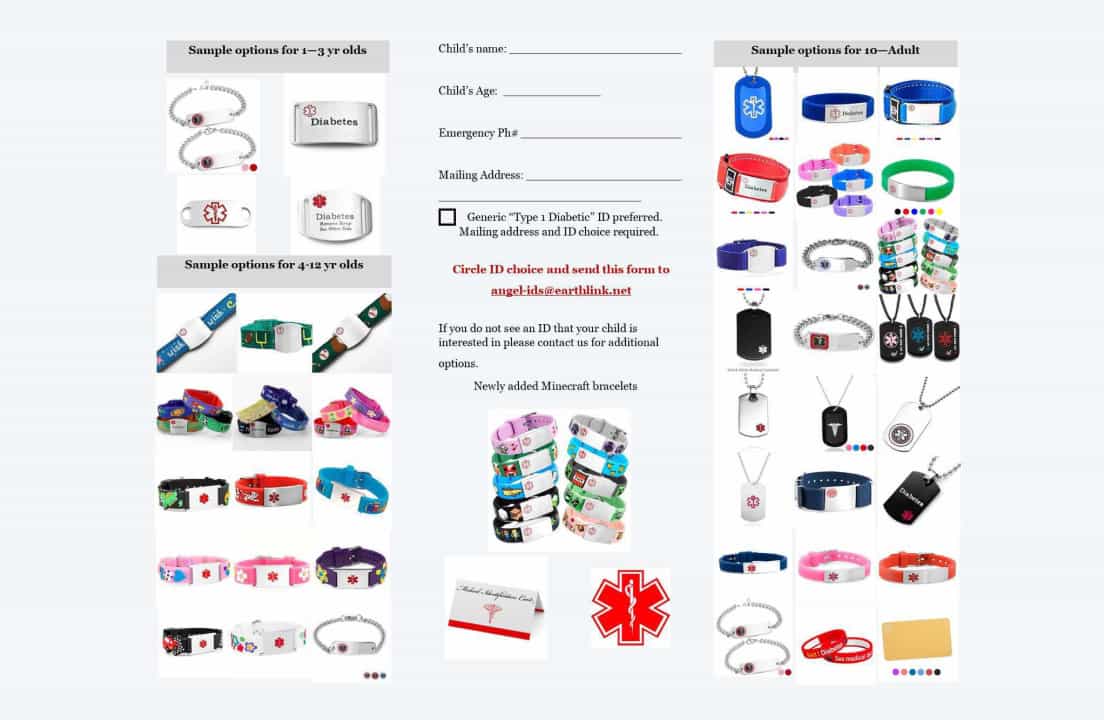
She’s raising funds, hoping to get her brochures distributed at large events like Children With Diabetes Friends for Life conferences and camp programs.
“There’s a huge opportunity to get these into the hands of the people who need them most.”
A Journey That Started With Her Own Diagnosis
Reed’s type 1 diabetes diagnosis came during her second pregnancy, when she was 31 years old. At her first OB visit, a routine urine test showed high sugar levels. No one said anything.“They just sent me for more tests,” she said. “I was so tired all the time.”
She was quickly referred to an endocrinologist and hospitalized for diabetes education. The diagnosis was clear: this was not gestational diabetes. “They told me it was permanent. I’d be diabetic for life.”
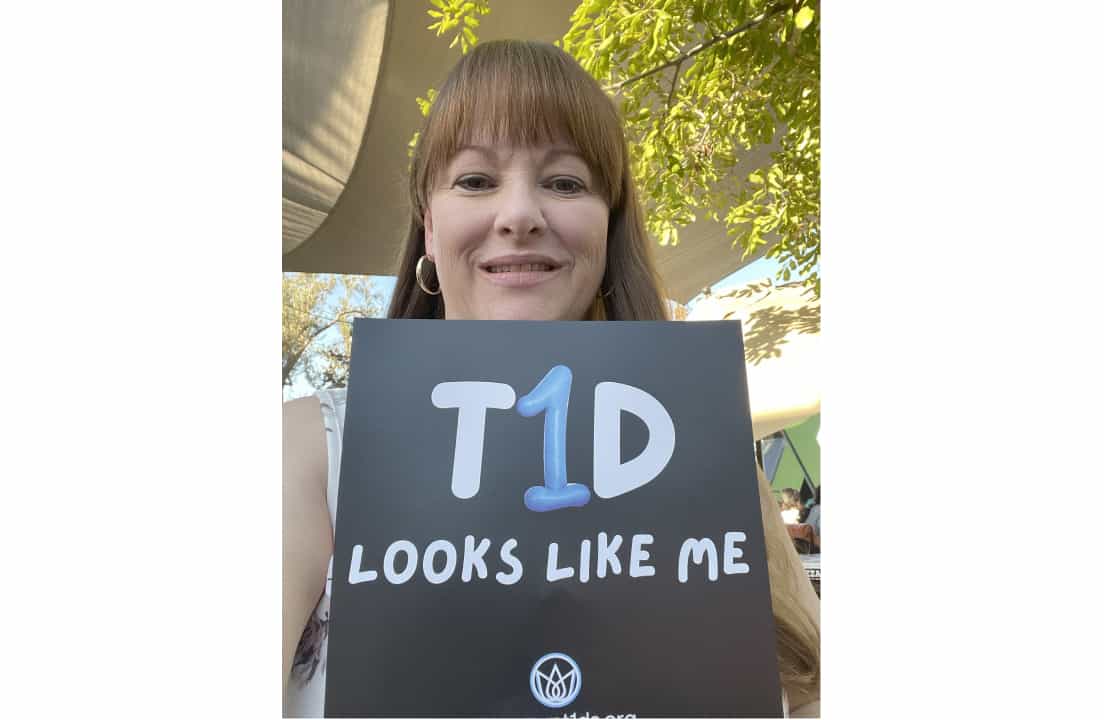
There was no family history. Her diagnosis came out of nowhere.
Still MDI—By Necessity
For two years, Reed stayed off insulin, navigating a long honeymoon phase. But as her blood sugar started climbing and she lost weight, she knew it was time. “I had to push to see an endocrinologist again,” she said. “You really have to advocate for yourself.”
Eventually, she was placed on multiple daily injections (MDIs), which she continues to use today. Her health insurance only covers 50% of insulin pump supplies. That’s made staying on MDI—and keeping things affordable—a necessity. “I use the Freestyle Libre 3+, and it helps a lot,” she said. “My A1C has been in the low sixes for a long time.”
Family First, Always
She has a second son, and like any parent of a child with type 1 diabetes, she stays vigilant. “There’s no family history. But even the tiniest thing—‘I’m thirsty’—sets off my panic-mom ears,” she laughed.
She screened her younger son several years ago through TrialNet, a free screening program that tests for type 1 diabetes autoantibodies.
“He tested negative,” she said. “But I still check his blood sugar every now and then.”
“You never stop worrying.”

Putting Her Heart—and Wallet—Into It
Despite the steady growth of Angel IDs, Reed still doesn’t receive many regular donations. Instead, she self-funds much of the operation. But she’s not doing it alone. “We’re a tight-knit family. Everyone pitches in,” she said. “This has become a family mission.”
Her relatives are actively involved behind the scenes, offering their time and support wherever it’s needed—from lending a hand during fundraisers to helping the nonprofit grow. It’s truly a labor of love. Each August, she hosts a bowling fundraiser—the nonprofit’s biggest source of funding—with raffle prizes, community support, and a strong turnout.
She’s currently working to raise money for:
- Bulk brochures to distribute at camps, diabetes conferences, and children’s hospitals
- Customized medical IDs for families who can’t afford them
- Shipping costs for sending bracelets and cards across the country
Every bracelet, card, and tag is provided free of charge.
Why Medical IDs Matter More Than You Think
Reed believes medical IDs are a critical—yet often overlooked—part of type 1 diabetes safety. “Parents don’t always know to ask about them,” she said. “Hospitals don’t always offer one. But when a child is alone and something goes wrong, that bracelet can speak for them.”
And she’s right. In emergencies, EMTs are trained to look for medical alert jewelry before doing anything else. A bracelet can make the difference between quick treatment and a dangerous delay. “Even just saying ‘Type 1 Diabetes – Insulin Dependent’ gives them a starting point,” Reed said.
Advice for Other Parents of Children With Type 1 Diabetes
As both an adult-onset diagnosed T1D and the mother of a child with T1D, Reed’s perspective is rare—and valuable. She offers this advice:
“Treat them like a normal kid,” she said. “Treat the symptoms—not the person as a disease. And we can’t let our fear fall on them, because then they become fearful, too.”
Joey, now a young adult, taught her how to live with more openness. “From day one, he would inject insulin anywhere. He didn’t care what people thought,” she said. “That helped loosen me up. I used to go to the bathroom to dose. Now I don’t.”
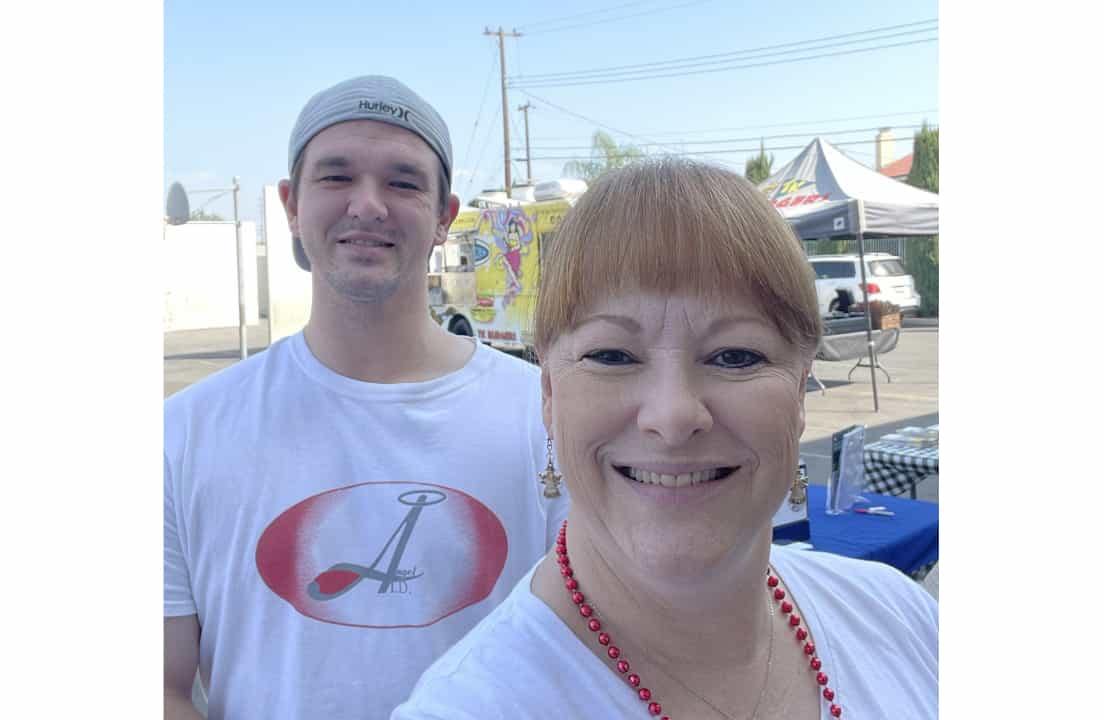
And while he’s not always as public as she is, Joey still connects when he sees someone with a diabetes device in the wild.
“He’ll go up to them. Just knowing someone else gets it—it’s powerful.”
The Kids Who Wear Her Work
Reed saves thank-you notes and testimonials from families all over the country. Some are featured on her website; others are etched in her memory.
One mother wrote:
“Diabetes is such a financial burden, but the IDs are so important for proper care in case of an emergency. I am a single mother and I work full time, but it’s still hard. Again, THANK YOU. You really are an angel.”
“It’s those little stories that keep me going,” Reed said.

What’s Next for Angel IDs
Reed’s goals are simple but powerful:
- Reach more newly diagnosed children
- Partner with hospitals and diabetes educators to make Angel IDs part of the post-diagnosis care package
- Raise funding to sustain and scale the nonprofit, especially as demand grows
“I don’t want any kid to go without a medical ID just because their family can’t afford one,” she said. “Not on my watch.”
How You Can Help
- Donate: Even small contributions help cover shipping, engraving, and mat
erials. - Share: Let families and diabetes care providers know Angel IDs exist.
- Sponsor: Businesses and organizations can underwrite batches of bracelets or help fund brochure printing.
Living the Mission
Reed’s story is one of resilience, resourcefulness, and relentless love—not just hers, but her whole family’s. Together, they’ve created something rare: a grassroots, family-powered nonprofit that fills a gap in the system with heart and hustle.
“We’re not just trying to raise awareness,” she said. “We’re trying to raise access. Raise protection. Raise equity—for kids who need it most.”
Because in the moments that matter most, a medical ID isn’t just a piece of jewelry. It’s a lifeline—especially for families who can’t afford one.


.jpeg)





.webp)
.jpg)
.webp)
.jpg)


.jpg)
.jpg)

.jpg)
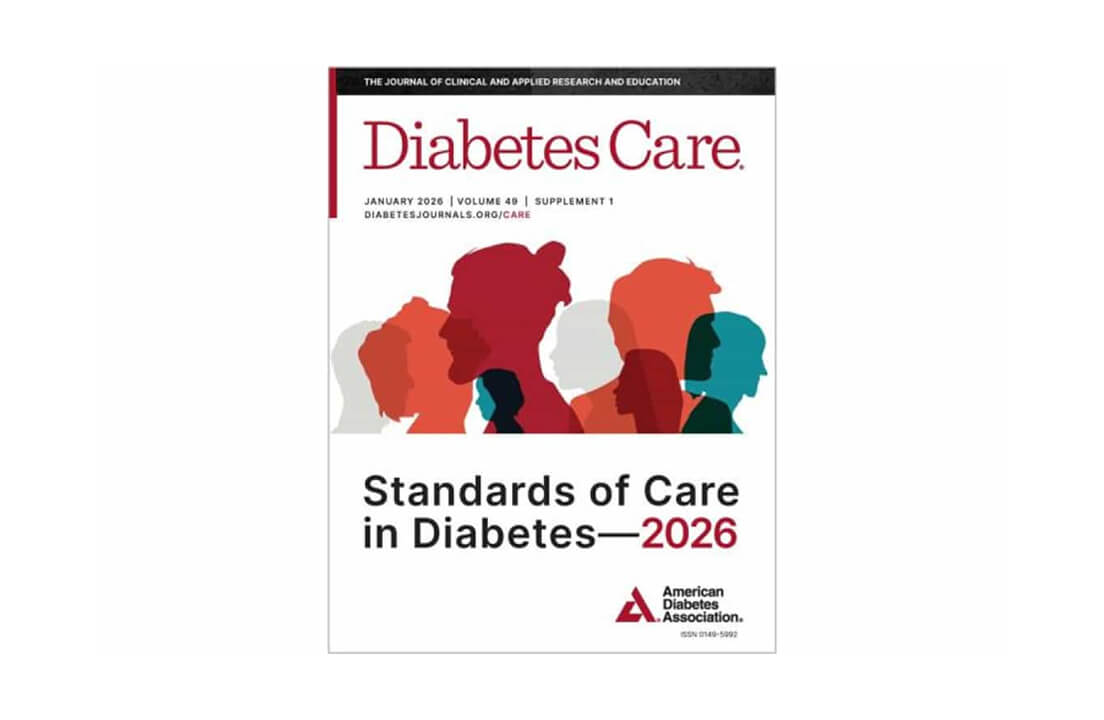
.jpg)
.jpg)



.jpg)



.jpg)

.jpg)




.jpg)

.jpg)

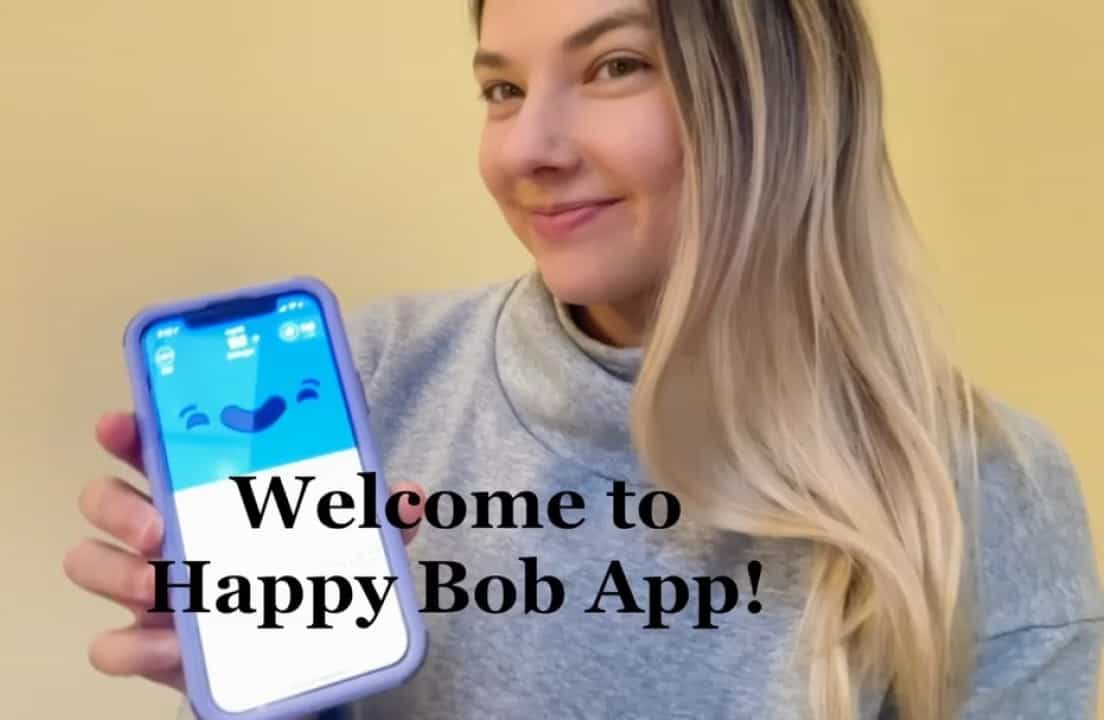


.jpg)
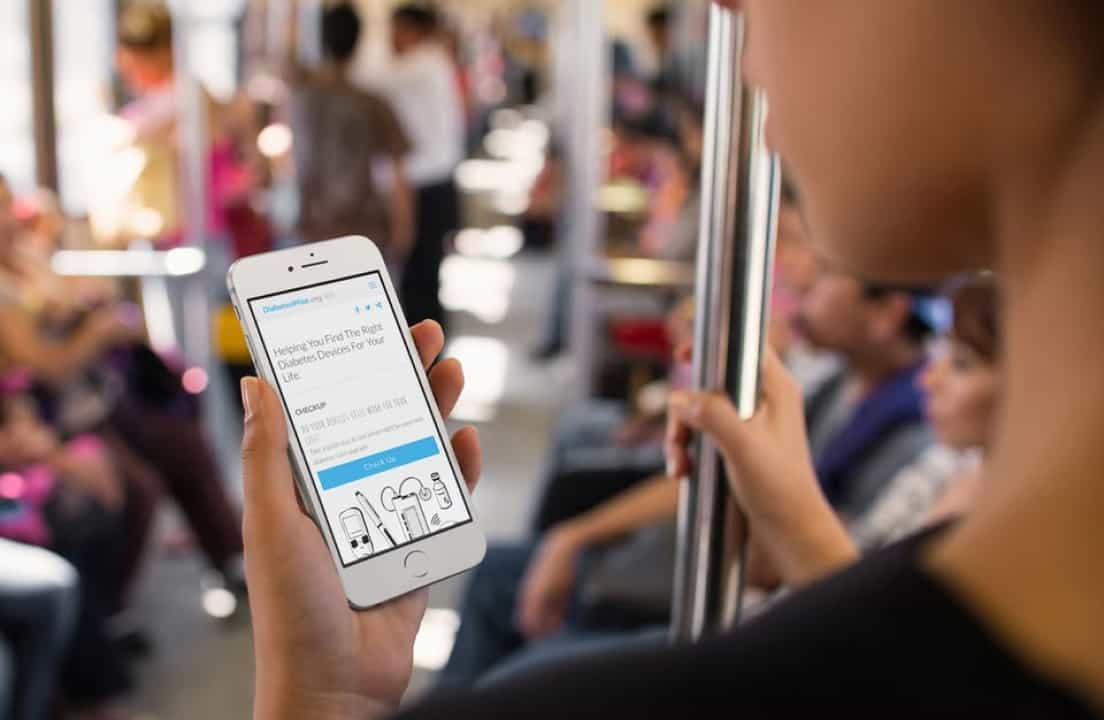
.jpg)
.jpg)
.jpg)



.jpg)

.jpg)
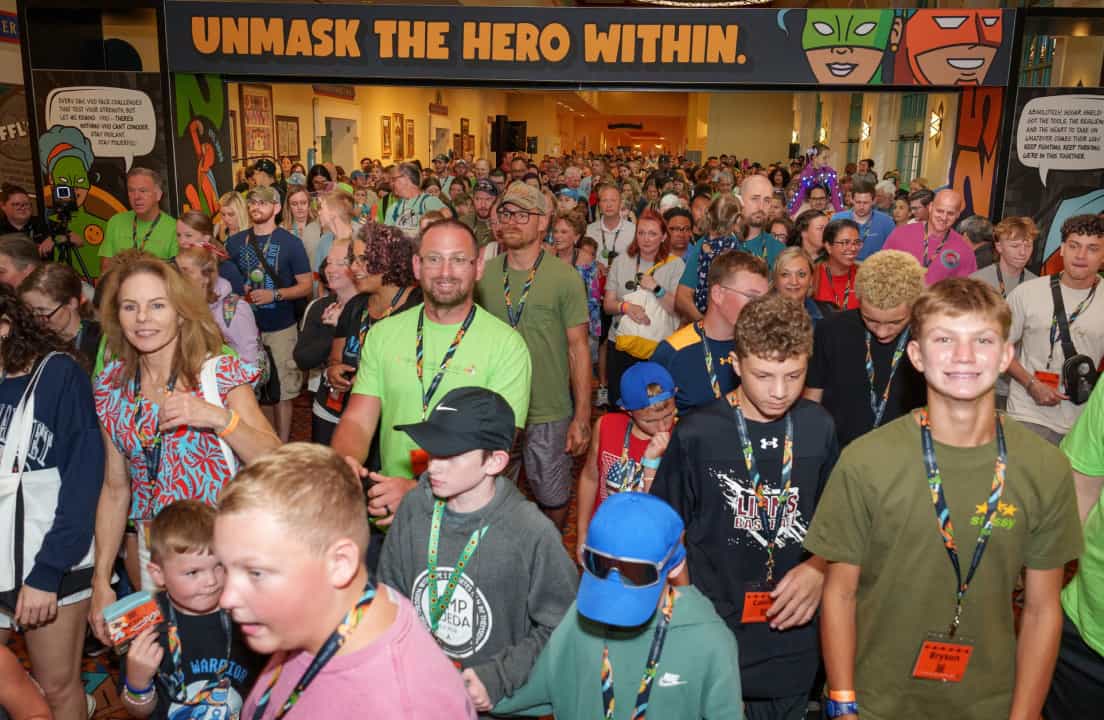
.jpg)
.jpg)
.jpg)
.jpg)
.jpg)

.jpg)
.jpg)
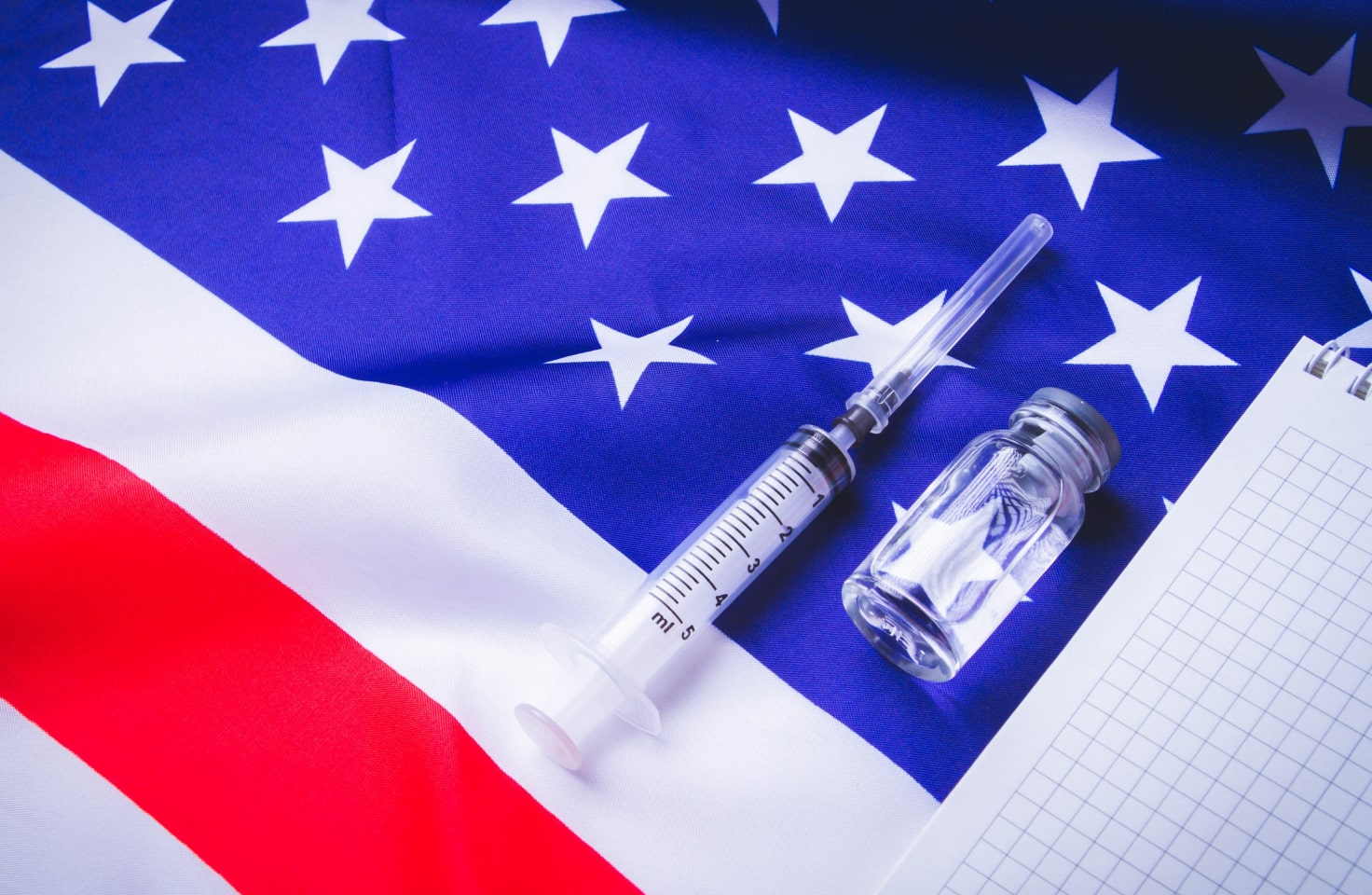
.jpg)



.jpg)
.jpg)
.jpg)


.jpg)
.jpg)


.jpg)

















.jpg)




.jpg)








.webp)













.webp)